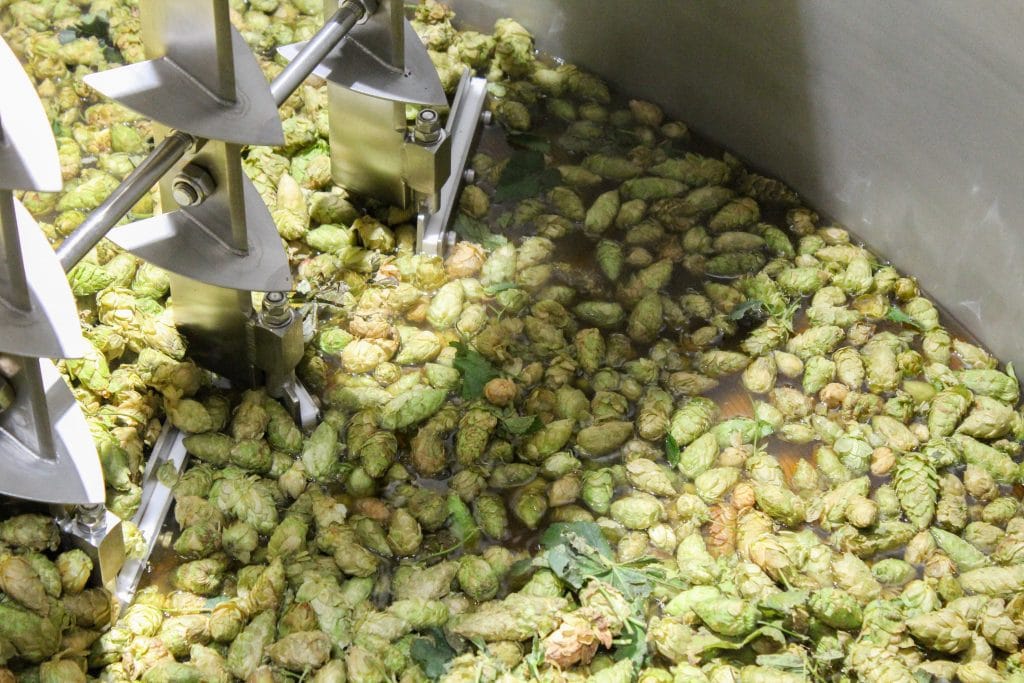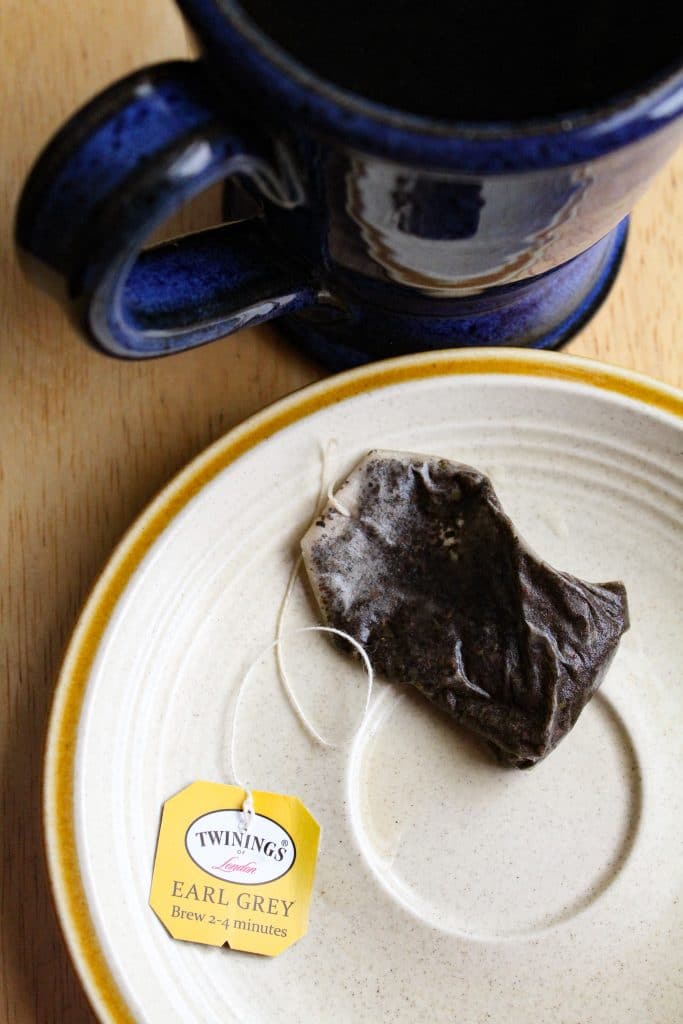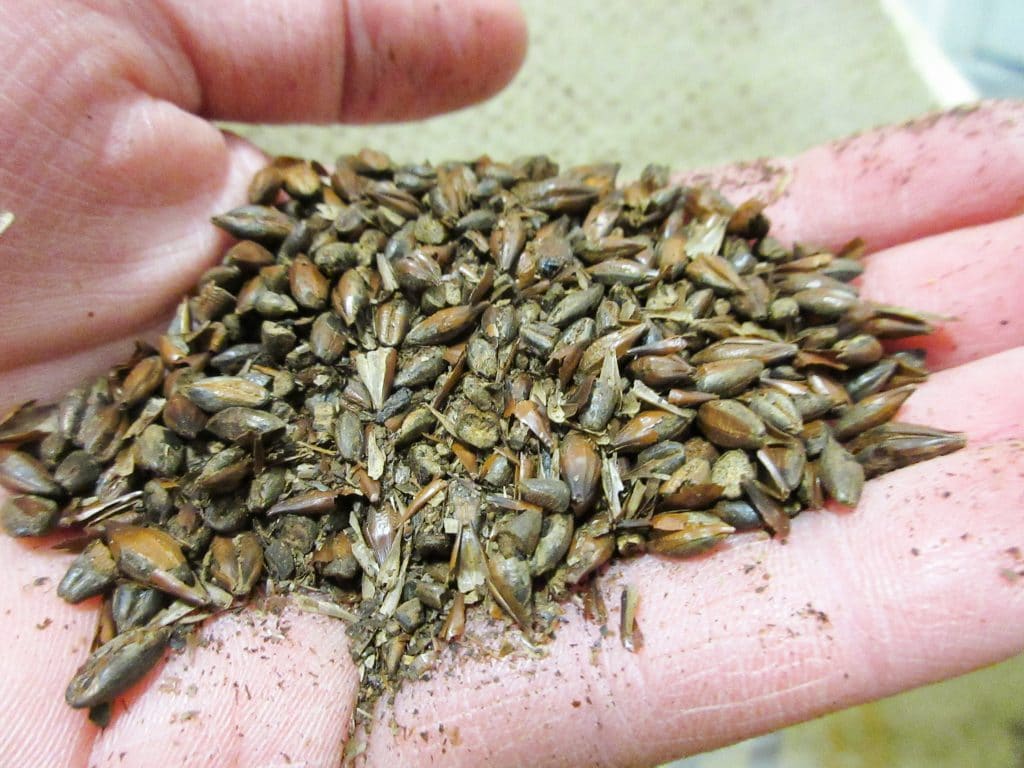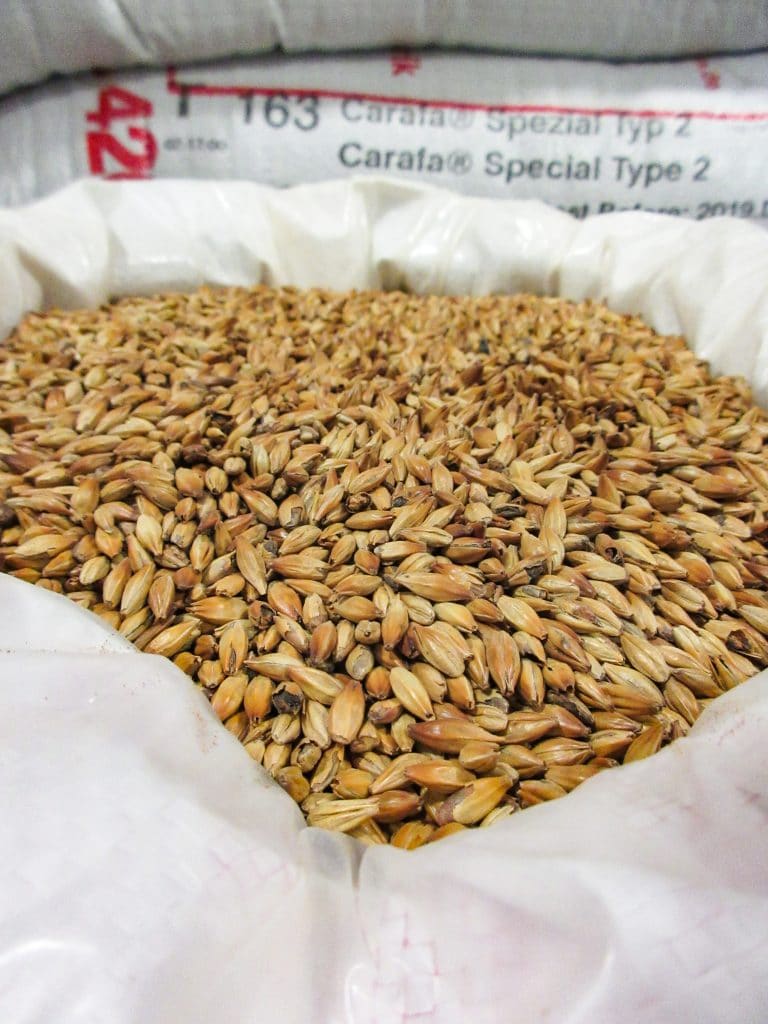I’d like you to meet tannins. You may have met before, perhaps at the bottom of your teacup or in a glass of robust California cabernet. The unmistakable cat tongue you’re left with after a few sips is the telltale sign you’ve become acquainted. Words attempt to roll out of your mouth like tumbleweeds, but only an arid puff of air wheezes past your lips. Yes, the tannins have got you by the tongue. And in case you hadn’t noticed, beer is actually in the lineup of offenders.
The average ale isn’t likely to leave you with cottonmouth. But every now and then, the scales of balance tip in just the wrong way, leaving you thirstier than before you started drinking. That being said, a hint of astringency can give your pilsner a crisper mouthfeel. It can make subsequent sips both quenching and beckoning for you to take another. Tannins can be a valuable tool, so long as balance and moderation are kept in mind. And it’s easier to balance something when you know what it is…
What are tannins?
Tannins are derived from plant material, such as tree bark or fruit skins. Much like bitterness, tannins operate as a defense mechanism against animals that might try to eat it. We humans are so great at listening to Mother Nature’s warning signs, right? It seems the cries of “Don’t eat me!” have long been ignored in favor of a delicious bite or sip. Blame Eve if you like.
The mouthfeel associated with tannins is astringency. Astringency is sometimes mistaken as a flavor, but it is indeed a tactile sensation. You don’t taste astringency in a beer, you feel it. Just like you don’t feel vanilla in a beer, you taste it.
Why do tannins make my mouth dry out?
When you drink a beer, the polyphenols that cause tannins are attracted to the proteins in our saliva. When the tannins precipitate these proteins, it gives the mouth the impression of contracting, and the result is an unquenchable dryness. It’s like drinking a beer with thousands of tiny ShamWows that are only attracted to your spit.
How do tannins get into beer, and how can they be kept in balance?
Malt
- Grain husks contain high levels of polyphenolic compounds. When husks are mistakenly broken up or crushed, likely during milling or processing, more phenols make it into the final beer as tannins. Therefore, it is the goal of the brewer to keep husk material as intact as possible. Undamaged husks are also helpful during the lauter, as they create a filter bed that holds solid grain material in place while allowing liquid wort to pass through. Without husks, a successful lauter is quite difficult to achieve. So although husks can create astringency, they’re an essential part of the brewing process.
- Polyphenol extraction from husk material is closely affected by pH. As water becomes more alkaline (basic), polyphenol extraction is increased. The pH of liquid wort increases as it is lautered and sparged, or separated from the solid grain, making wort at the end of the lauter more tannic than wort from the beginning. Some brewers stop the lautering process at a certain pH to avoid unwanted polyphenol extraction.
- Six-row varieties of barley are typically higher in tannin than two-row varieties, as six-row kernels are less plump, and have a more even husk to grain ratio. More husk by weight means more tannins.
- The process of roasting malt increases the expression of tannins in the husk. It’s for this reason that some roasted malt has been “debittered”, or has had the husk removed. Roasted malt, debittered or not, is typically used in small percentages of the malt bill (sum of malts used in a batch of beer). Huskless malt is only a concern if it’s a large part of the malt bill, which would likely create a lauter from hell.
- Rice is rich with tannins, giving beers an extra crisp character when used properly. Author Randy Mosher notes that sake brewers, who exclusively use rice, are hyper aware of the astringency rice can give to sake. The closer to the outside of the rice kernel, the more tannic the grain can be. Rice is polished, sometimes down to the very heart of the grain, in order to create a very smooth product with very little or no tannic bite.

Hops
- Hops, too, can make a beer tannic. The leaves and bines of hop plants, in particular, can contribute astringency. When I went to Idaho last harvest season to retrieve wet hops, the sacks were filled with a considerable amount of leaves and bines along with the hops themselves. However, the wort was in contact with the wet hops and plant material for a short period of time, and I didn’t notice any tannic character in the final product. Had the non-hop cone vegetal matter been chopped up more or steeped for longer at a higher heat, I imagine the resulting beer would have been more astringent.
Adjuncts and Additives
- Additions like herbs and spices can also contribute to a tannic character, especially when overused. Think the cinnamon challenge… or most pumpkin beer. 😉
- Wood can cause an abundance of astringency. It’s no coincidence that the majority of barrels used for aging beer have been used previously for wine or spirits. Second use (or more) is a safer and usually beneficial option for aging beer. This allows the previous occupant of the barrel to do the work of extracting most of the tannic character from the wood, and leaves behind a pleasant character for the beer to pick up. Bourbon barrel aged stout, anyone?
- According to the Oxford Companion to Beer, in the average finished beer, ⅔ of the tannins are derived from malt, and ⅓ is derived from hops. I would assume the “average finished beer” does not include those with spices.
Astringency gets a bad rap, but mostly because it’s easily misused. It’s easy to over sparge, over extract, over mill, or add too much of something. Restraint and tact can place just the right amount of tannins in every sip, making your beer exactly as refreshing as you deserve.
Sip Well, and Happy New Year!
Resources:
John Mallet – Malt: A Practical Guide from Field to Brewhouse
Randy Mosher – Tasting Beer, 2nd Edition: An Insider’s Guide to the World’s Greatest Drink
Garrett Oliver – The Oxford Companion to Beer



[…] Tannins. – The fight to save the traditional tortilla. – Whiskey and terroir (Shouldn’t this have […]